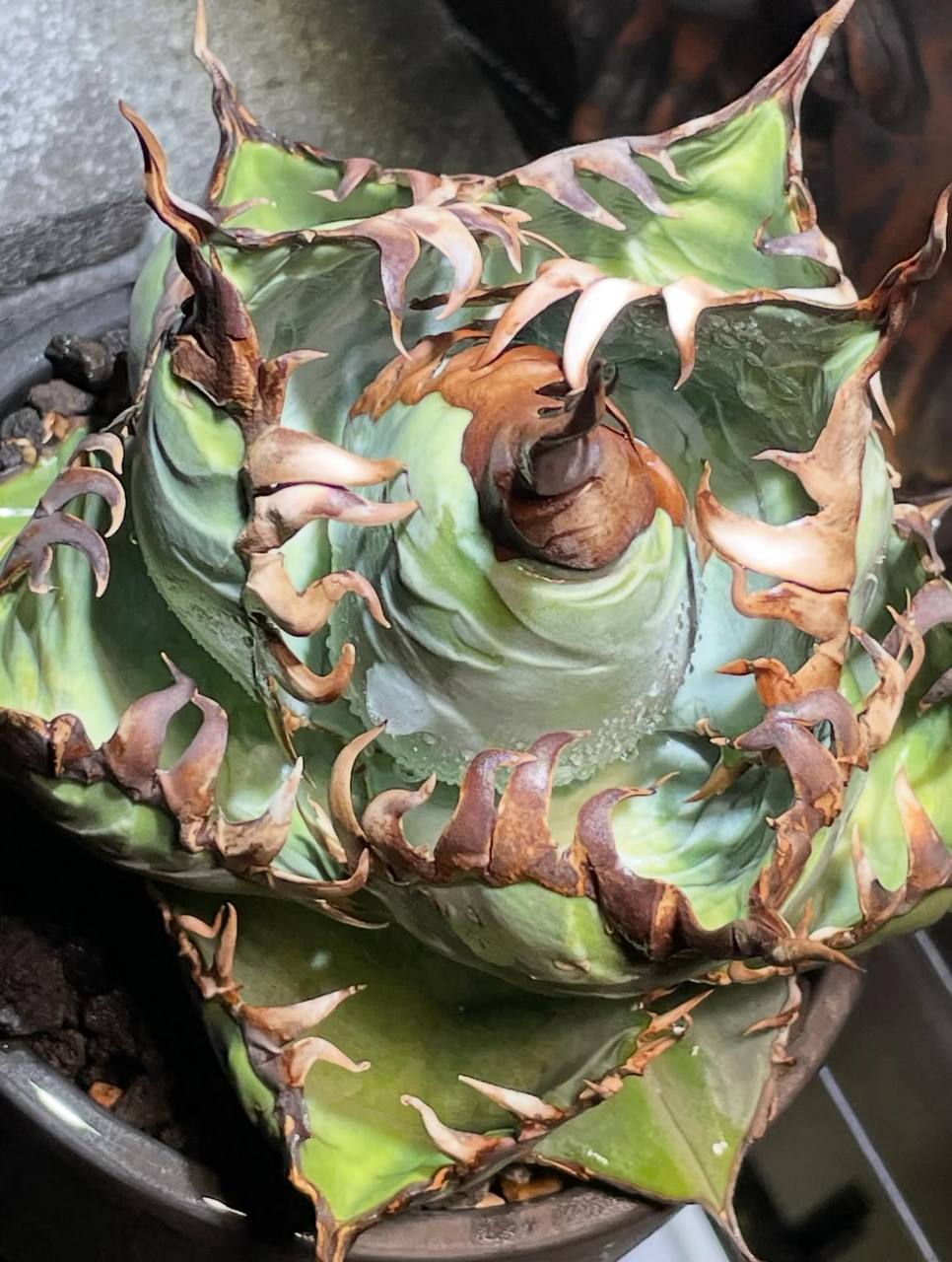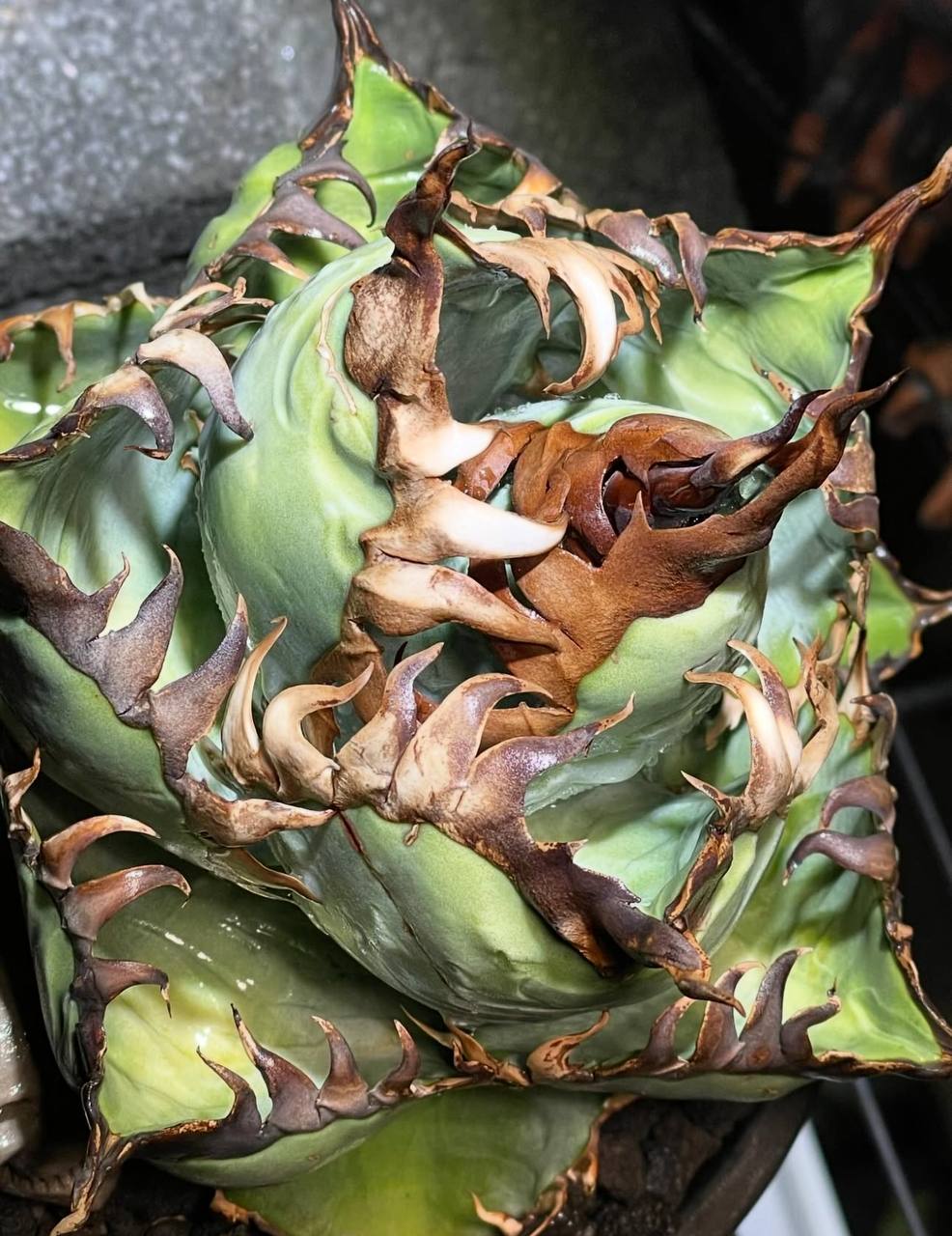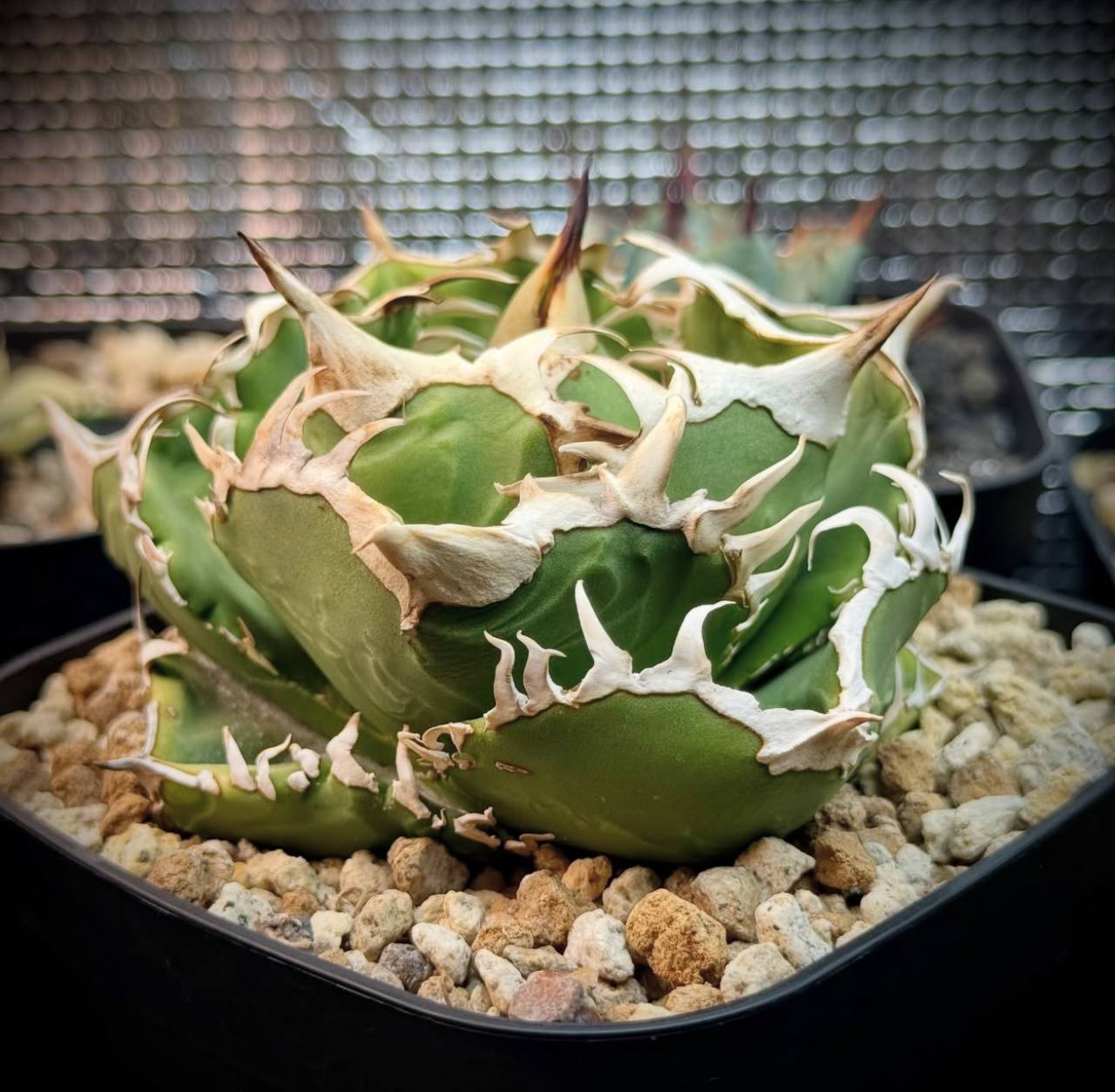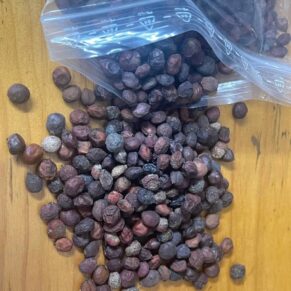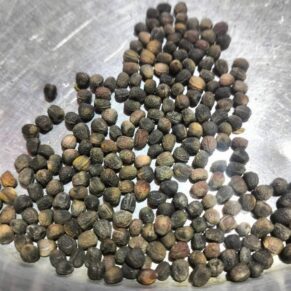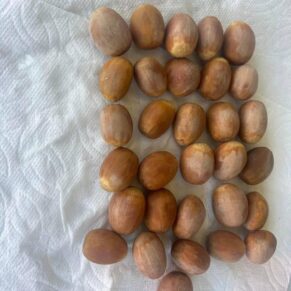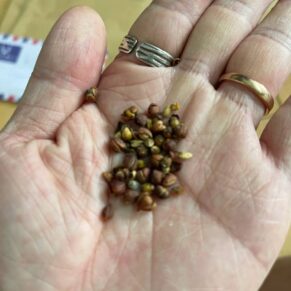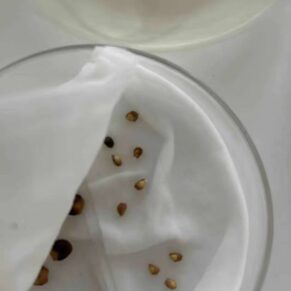- Your cart is empty
- Continue shopping
Shop
Agave Titanota care
Price range: $42.00 through $699.99
Expert Agave titanota care guide with tips on watering, sunlight, soil, and propagation. Keep your succulent thriving year-round with minimal effort.
🌵 Agave titanota Care Guide: The Ultimate Resource
1. Introduction to Agave titanota
-
What is Agave titanota?
A striking succulent native to Oaxaca, Mexico, Agave titanota is prized for its broad, stiff, silvery‑blue leaves edged with sharp teeth—a compact, rosette‑forming plant that fits beautifully in containers, xeriscapes, rock gardens, and modern landscape designs.Our facebook page : -
Why grow Agave titanota?
With low water needs, sculptural form, and resilience, it’s an ideal choice for drought-tolerant landscapes, succulent collectors, and anyone seeking low‑effort yet standout foliage.Sho here
Agave titanota care
2. Botanical Overview and Cultivar Highlights
2.1 Taxonomy & Native Habitat
-
Family: Asparagaceae (Agavoideae)
-
Genus: Agave
-
Species: titanota
-
Natural habitat: Rocky slopes (3,000–5,000 ft elevation), semi‑arid forests.
2.2 Distinctive Traits
-
Rosette diameter: 1–2 ft (30–60 cm)
-
Leaf shape: Thick, upright, silvery-blue with teeth and terminal spine
-
Growth pattern: Solitary rosette; flowers once in maturity then regrows via pups
2.3 Popular Cultivars
-
Silver Survivor – broader, glaucous leaves
-
Blue Giant – deeper blue tones
-
White Spine – more pronounced margins
-
Though these selections are more breeder‑driven than wild, they retain core traits.
3. Ideal Growing Environment
3.1 Light Requirements
-
Prefers full sun (6+ hours/day); tolerates bright, indirect light but thrives under direct sun for compact, blue-toned foliage.
-
In low light, expect thinner leaves, elongated growth, and muted color.
3.2 Temperature Tolerance
-
Hardy Zones 9–11 (USDA); tolerates light frost briefly to ~25 °F (–4 °C).
-
In cold zones, overwinter indoors or provide frost protection.

Agave titanota care
3.3 Soil Preferences
-
Drainage is essential. Use gritty cactus/succulent mix or blend potting soil and coarse sand/perlite (50/50).
-
Optimal pH: neutral to slightly alkaline (7.0–8.0).
3.4 Watering Strategy
-
Water thoroughly when soil is dry to the touch, then allow it to fully dry.
-
During active growth (spring–summer): moderate watering every 10–14 days.
-
Winter rest: minimal to none.
4. Step-by-Step Care Instructions
4.1 Planting and Repotting
-
Plant in raised beds or containers with drainage.
-
Repot every 2–3 years, best done in spring, carefully avoiding toothy leaves during handling.
4.2 Daily/Weekly Garden Care
-
Monitor cleanliness; rinse dust with gentle stream.
-
Pull weeds and apply mulch sparingly; keep a 2‑in (5 cm) clear mulch ring around rosettes.
-
Inspect monthly for pests and stress.
4.3 Fertilizing
-
Apply light succulent fertilizer (10‑10‑10) once in spring.
-
Avoid heavy fertilization to prevent soft tissue and etiolation.
4.4 Seasonal Adjustments
-
Spring/Summer: full sun, regular watering.
-
Fall: taper water as growth slows.
-
Winter: shelter indoors, minimal watering, bright location.
5. Propagation Techniques
5.1 Offsets (Pups)
-
Wait for pups near the base, gently remove with root portion in spring.
-
Dry for 2–3 days to heal wounds, then plant in well‑draining mix.
5.2 Seeds
-
Rarely done by home growers; mature rosettes must bloom.
-
Seed propagation demands patience and controlled greenhouse conditions.
6. Common Challenges and Solutions
6.1 Pests and Diseases
-
Scale + Mealybugs: Use cotton swabs in alcohol; repeat monthly.
-
Root rot: From overwatering—remove plant, trim rot, repot dry mix.
-
Leaf sunburn: Relocate to partial shade temporarily.
6.2 Abiotic Stress
-
Etiolation: Caused by low light—move to full sun gradually.
-
Leaf bruising: Physical damage; repair by cleanup.
6.3 Environmental Stress
-
Cold exposure: Use frost cloth or relocate indoors.
-
Extreme heat: Provide afternoon shade during heatwaves.
7. Landscape and Container Planting Ideas
7.1 Container Selection
-
Large, sturdy containers: terra‑cotta, concrete, metal, fiberstone.
-
Ensure drainage; size 1–2 gallons per rosette.
7.2 Companion Plantings
-
Combine with other succulents like cacti, Euphorbia, Sedum, Agave.
-
For foliage contrast: mix with ornamental grasses (e.g., Festuca), Mediterranean herbs.
7.3 Hardscape Integration
-
Use in rock gardens, gravel beds, dry riverbeds.
-
Compatible with patios and modern architectural landscapes.
8. Troubleshooting Table
| Problem | Symptoms | Cause | Solution |
|---|---|---|---|
| Etiolation | Leggy, pale leaves | Shade/low light | Move into full sun gradually |
| Leaf spots/rot | Brown wet spots | Overwatering/poor drainage | Reduce water, prune affected parts |
| Pests (scale/mealybugs) | Soft white spots, sticky residue | Sticky honeydew | Clean with alcohol or neem oil |
| Frost damage | Blackened/red tips | Cold exposure | Shelter during frost; use frost cloth |
| Sunburn | White/bleached spots on leaves | Sudden high-intensity sun | Provide shade; introduce sunlight gradually |

9. Design Inspiration Gallery
-
Minimalist Pots: Neutral grey-blue finishes to complement foliage.
-
Rock Garden Layout: Pair with sandstone boulders and gravel.
-
Mixed Succulent Plan: Combine with Aloe brevifolia and Mammillaria for texture contrast.
(Suggest adding real photos on your site for visual impact.)
10. Frequently Asked Questions (FAQ)
Q1: “Can I overwinter Agave titanota outdoors in cold climates?”
A1: It’s hardy to ~25 °F (–4 °C). For zones colder than 9, bring indoors or insulate with frost cloth and mulch.
Q2: “How long does it take to bloom?”
A2: Typically 10–15 years in cultivation. Grows slowly; blooms once then dies but offsets ensure continuity.
Q3: “Is this poisonous to pets?”
A3: Yes—razor-sharp leaf teeth can cut animals. It’s best kept away from pet traffic.
Q4: “Why are the leaves yellowing?”
A4: Possibly overwatering or nutrient deficiency. Assess watering schedule, soil drainage, and light.
Q5: “How do I propagate it?”
A5: Via pups—sprout after flowering. Remove and root small offsets in spring.
11. Why Choose Agave titanota?
-
Low‑maintenance & hardy: Resilient to heat, drought, and most pests.
-
Sculptural form: Unique rosette perfect for architectural and modern designs.
-
Versatile placement: Great in containers, xeriscapes, rock gardens.
12. Additional Care Tips
-
Hardening off new plants by shading gradually.
-
Avoid overpotting—it may retain moisture and cause rot.
-
Winter light: Indoors, place near south‑facing window or under grow lights.
-
Minimal fertilizing: Once in spring sufficient.
-
Propagation timing: Spring ensures best success for pups.
13. Gardening Terms Glossary
-
Agave: A genus of succulents native to the Americas.
-
Rosette: Circular leaf pattern radiating from the center.
-
Offset/Pup: A daughter plant that forms next to parent.
-
Etiolation: Stretched growth from lack of light.
-
Hardy: Ability to survive cold conditions.
-
Dormant period: Rest stage with reduced growth.
14. References & Recommended Further Reading
-
Succulent and xeriscape blogs
-
Agave specialist nurseries and growing handbooks
-
Regional extension publications for plant health
15. Bring Out the Best in Your Agave titanota
-
Introduce fully before planting outdoors.
-
Add protective bark around base for insulation.
-
Rope or trellis nearby to guide leaves if crowded.
-
Groom dead leaves to enhance appearance and airflow.

Agave titanota seeds
16. Conclusion
Agave titanota is a rewarding succulent that combines resilience with dramatic, sculptural beauty. With simple, focused care—well‑draining soil, ample sunlight, minimal water, seasonal adjustments—it will thrive and elevate your landscape or containers year after year. Even slow growing, its impact is immediate, and its offsets ensure a legacy. Armed with this guide, you’ll master “agave titanota care” with confidence—and watch your collection flourish.
| Qty | 50, 100, 200, 500, 1000 |
|---|




